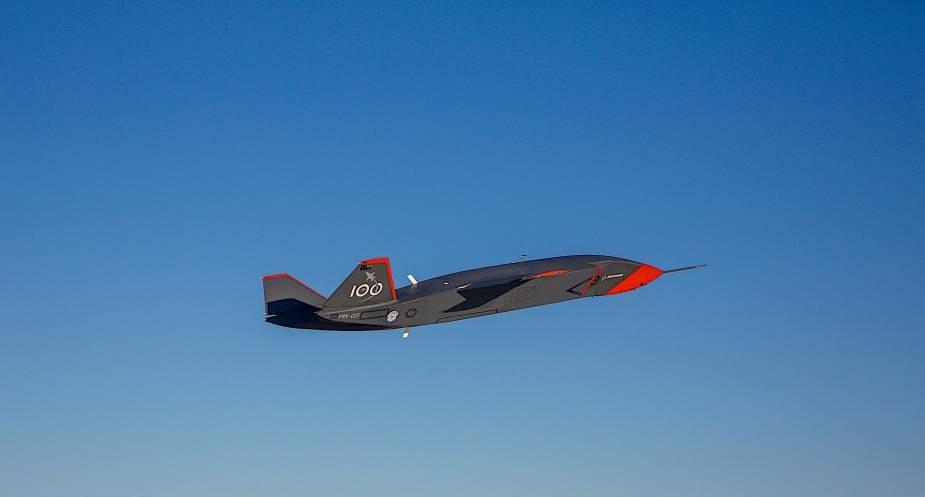Boeing’s MQ-28A Ghost Bat program has achieved another milestone with the first Royal Australian Air Force (RAAF) member taking the controls of the unmanned combat aerial vehicle (UCAV). WGCDR Phil Parsons, an experienced remote systems pilot for the past 10 years, completed Boeing’s training on June 13, becoming the first non-Boeing pilot on the program. As a launch and recovery operator, Parsons would oversee launch and recovery of the aircraft, which involves ground preparation, take-off and landing operations. Parsons’ training included observing and monitoring the aircraft as it executed commands to climb and descend, accelerate and decelerate, or navigate to a specific waypoint to achieve test points as part of the current advanced testing program. Boeing’s MQ-28A co-development program with the RAAF is accelerating, with the focus shifting from testing the aircraft’s flying and handling qualities to capability advancement including progressing teaming behaviours, mission systems, sensors and payload testing.
“During a typical mission, a launch and recovery operator like Wing Commander Parsons would oversee the aircraft as it takes flight. It would then be handed off to a crewed aircraft, such as an E-7A, F-35A or F/A-18F, whose crew tasks it to perform, for example, an intelligence, surveillance and reconnaissance mission. On completion of the mission, the aircraft would be handed back to the launch and recovery operator to oversee landing, deceleration and complete stop of the vehicle. The MQ-28A, while similar in many aspects of operation to other remotely piloted systems, is embracing technological advancements in how a launch and recovery operator interacts with the aircraft,” said Glen Ferguson, Boeing Defence Australia MQ-28 program director.

The Boeing MQ-28 Ghost Bat, previously known as the Boeing Airpower Teaming System (ATS), is a Loyal Wingman class stealth, multirole, unmanned combat aerial vehicle in development by Boeing Australia for the Royal Australian Air Force (RAAF). It is designed as a force multiplier aircraft capable of flying alongside crewed aircraft, such as the F-35A, F/A-18F, E-7A, and KC-30A while they conduct operations for support as part of an integrated system including space-based capabilities, and performing autonomous missions independently using artificial intelligence. Developed under Air Force Minor Program DEF 6014, one role will be to use the Manned-Unmanned Teaming (MUM-T) concept to support and protect manned Royal Australian Air Force (RAAF) aircraft.
The UAV is designed to act as a “loyal wingman” that is controlled by a parent aircraft to accomplish tasks such as scouting or absorbing enemy fire if attacked, as well as operating independently. It has a range of more than 2,000 nautical miles (3,700 km; 2,300 mi). The UAV’s jet engine allows it to fly in the high subsonic flight regime and keep up with manned fighters. Boeing has said it has ‘fighter-like’ maneuverability. The MQ-28A prototype did not use any radiation-absorbent material (RAM) coating and instead relied on its shape to reduce its radar cross section (RCS). The aircraft wing is Boeing’s largest resin-infused single composite component, leveraging proven technology from the trailing edges of Boeing 787 wings trailing edge. Three key manufacturing innovations were incorporated in the areas of robotic drill and fill, shimless assembly, and full-size determinant assembly.















